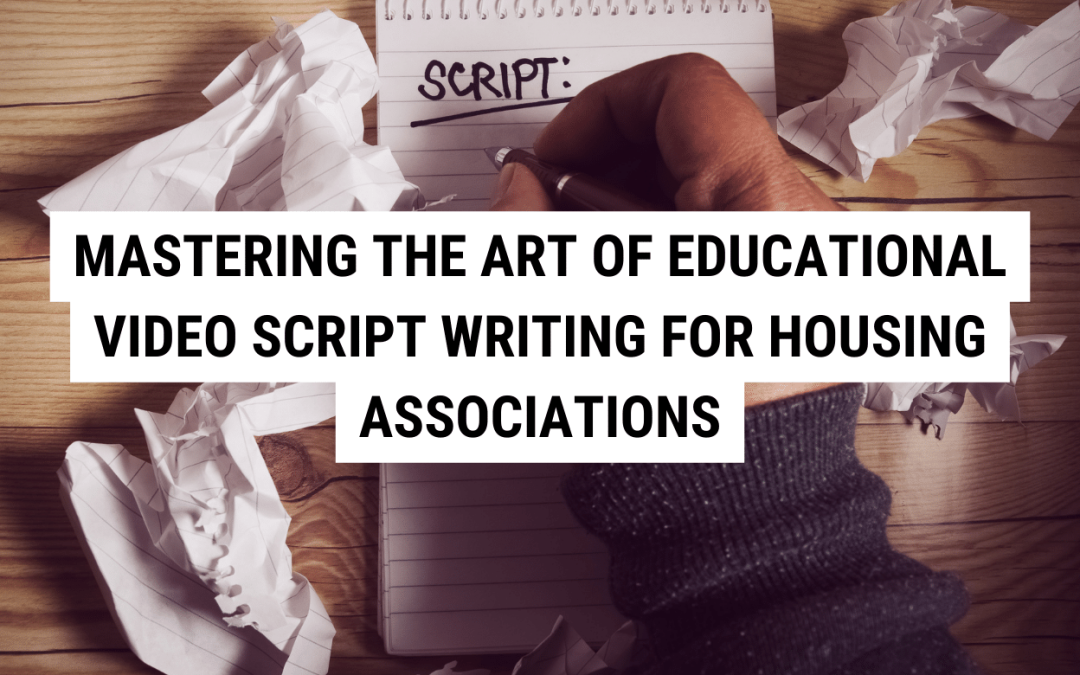
Mastering the Art of Educational Video Script Writing for Housing Associations
Mastering the Art of Educational Video Script Writing for Housing Associations
Video is a powerful medium for education and storytelling — especially in the context of community services like Housing Associations. This form of visual communication has the potential to engage your audience in a way that static content, like text or images, cannot. It allows you to explain complex topics in simple terms and empowers you to foster a sense of community among your tenants and partners.
In this guide, you’ll learn to craft an educational video script that resonates with audiences while advancing the mission of Housing Associations.
The Power of Educational Videos in Housing Associations
Before we deep-dive into scriptwriting, it’s important to understand the why behind educational video content. Video has the power to connect with your tenants on a more personal level. It can simplify intricate topics like tenancy agreements or neighbourhood initiatives, making them more palatable and easier to understand.
Why Choose Video?
- Accessibility: Video is accessible, especially where people have different learning styles and needs.
- Engagement: It has the potential to captivate and sustain attention, fostering deeper connections.
- Reach: It expands your reach, drawing in diverse audience segments with content that they can relate to.
Understanding Your Audience
In order to craft a compelling educational video, you need to know who you’re talking to. Housing Associations cater to a wide array of individuals and families, including those from various demographic backgrounds and income levels. Your script should reflect this diversity while maintaining a unified voice and message.

Tips on Identifying Tenant Needs
- Conduct Surveys: Anonymous surveys can provide insights into what tenants would like to know more about.
- Personal Interviews: Speaking to a diverse group of tenants can reveal common questions and concerns.
- Analyse Data: Demographic data and social profiles can help build a picture of your tenant base.
Crafting Your Key Messages
Educational video scripts need to be informative yet engaging. They should focus on key areas that are relevant to your tenants. In the context of Housing Associations, this could include everything from explaining rental processes to highlighting community-friendly practices.
Finding the Right Tone
- Community Centric: The script should reflect the association’s commitment to building a strong community.
- Empowerment: Messages should be crafted to reinforce tenants’ sense of agency and power in their housing situation.
- Reassurance: Addressing concerns such as rent control or safety measures can offer reassurance.
Visual Storytelling
In Housing Associations, the stories you tell are as important as the facts you present. Real-life tenant stories can provide that crucial connection, and your script should include provisions for sharing these while respecting privacy and consent.
Obtaining and Using Stories
- Permission First: Always obtain written consent before using a tenant’s story.
- Anonymity and Discretion: Ensure that stories change enough of the details to maintain the individual’s privacy.
- Relevance: The stories should be relatable and support key educational points.

Marketing Strategies for Video Distribution
A great script is just the beginning. You need to get it in front of your audience. Digital marketing has opened up a great number of avenues for Housing Associations, from social media to email campaigns.
Leveraging Digital Platforms
- SEO Optimisation: Ensure your video ranks well on search engines for housing-related queries.
- Social Media Campaigns: Use targeted campaigns to reach specific tenant groups with your video content.
- Email Newsletters: Videos in email newsletters can update tenants and create anticipation for new content.
Collaboration Is Key
No Housing Association stands alone. Your script should include sections that emphasise collaboration with local businesses, governments, and non-profits, demonstrating a united effort towards community uplift.
The Power of Allies
- Corporate Partnerships: Highlight corporations that offer support or housing benefits to tenants.
- Government Relations: Make sure to include government initiatives that affect or can aid tenants.
- Non-Profit Initiatives: Shed light on non-profits within the housing space providing value to your tenant community.

Crafting a Compelling Call to Action
After engaging your audience, the next vital step is to spur them into action. This could be as simple as participating in a community event or as significant as taking part in a housing seminar.
Making it Count
- Clear and Direct: Your call to action should leave no room for ambiguity. It should be clear what you want the audience to do next.
- Community Building: Encourage activities that bring people together and strengthen your sense of community.
- Measurable: Create a call to action that can be measured, so you can assess the effectiveness of your video.

In a world that’s increasingly visual and digital, educational videos are a must-have in the arsenal of any Housing Association. They are an accessible and engaging way to inform and unify your tenant community, ultimately strengthening the standing of your association.
Ready to elevate your content strategy? Book a free 30-minute strategy call with Super Motion and take the first step in creating compelling video content for your Housing Association.
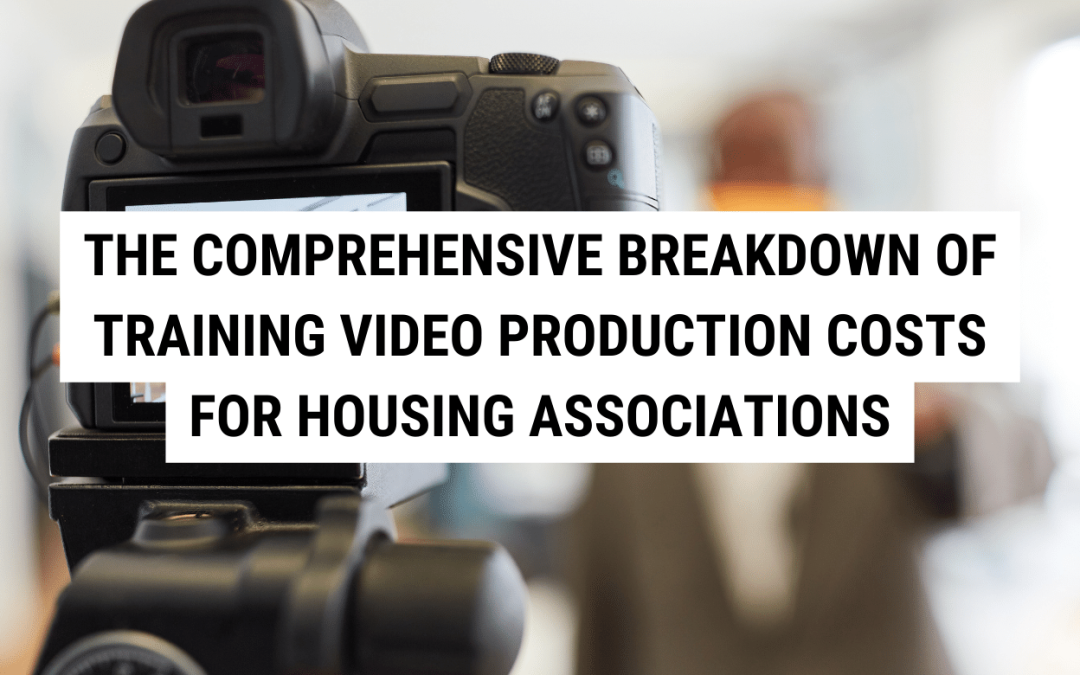




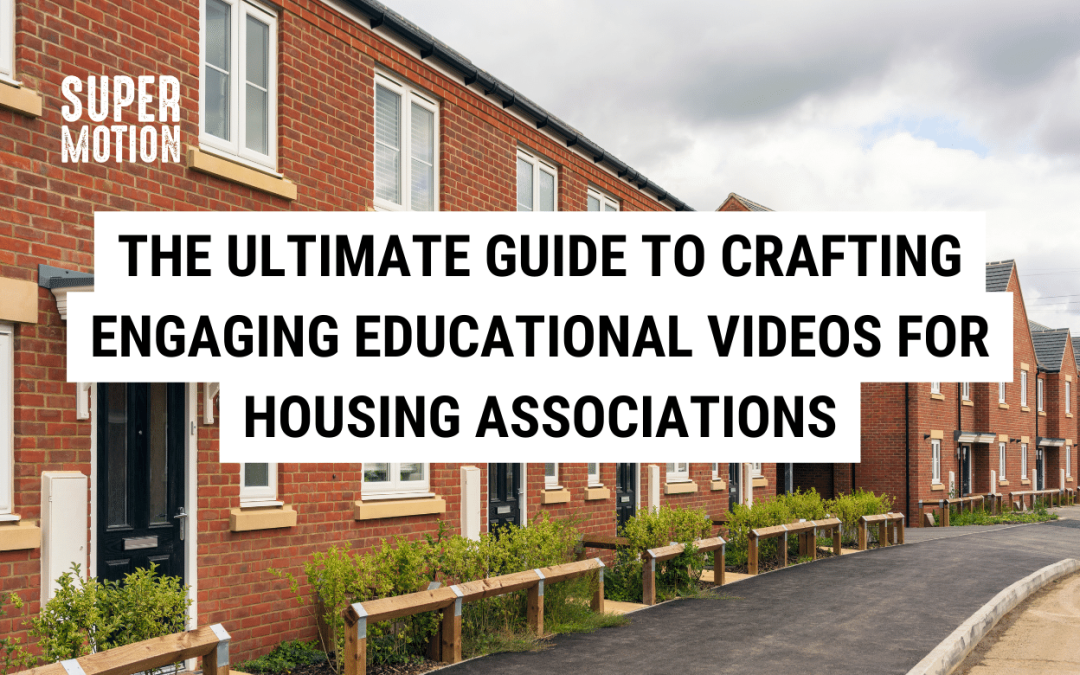





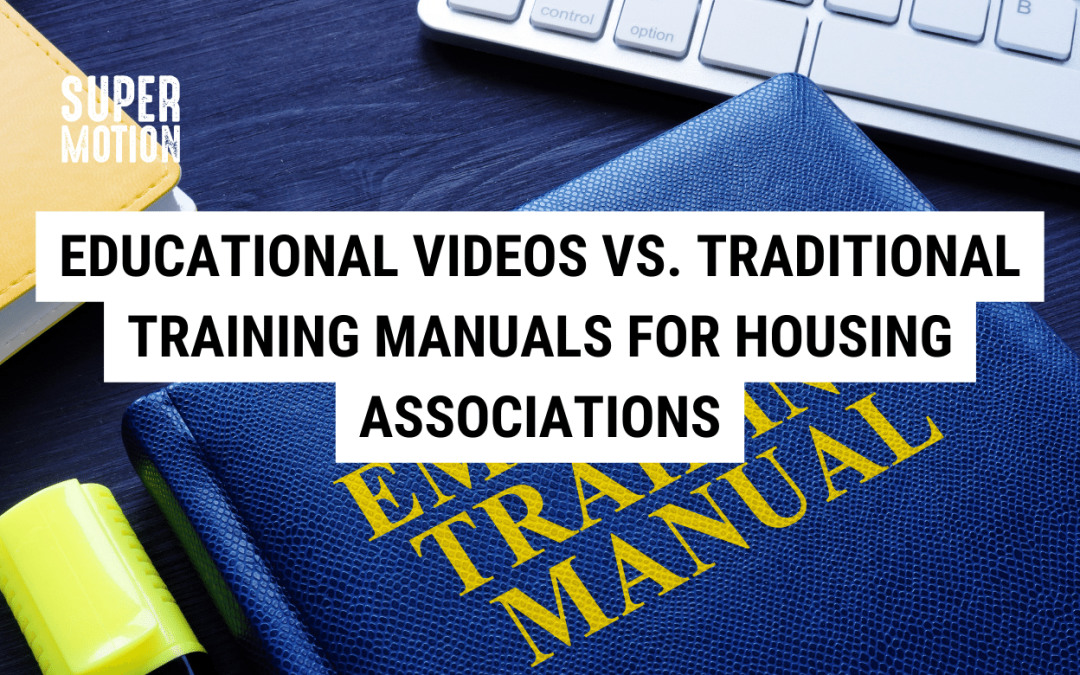

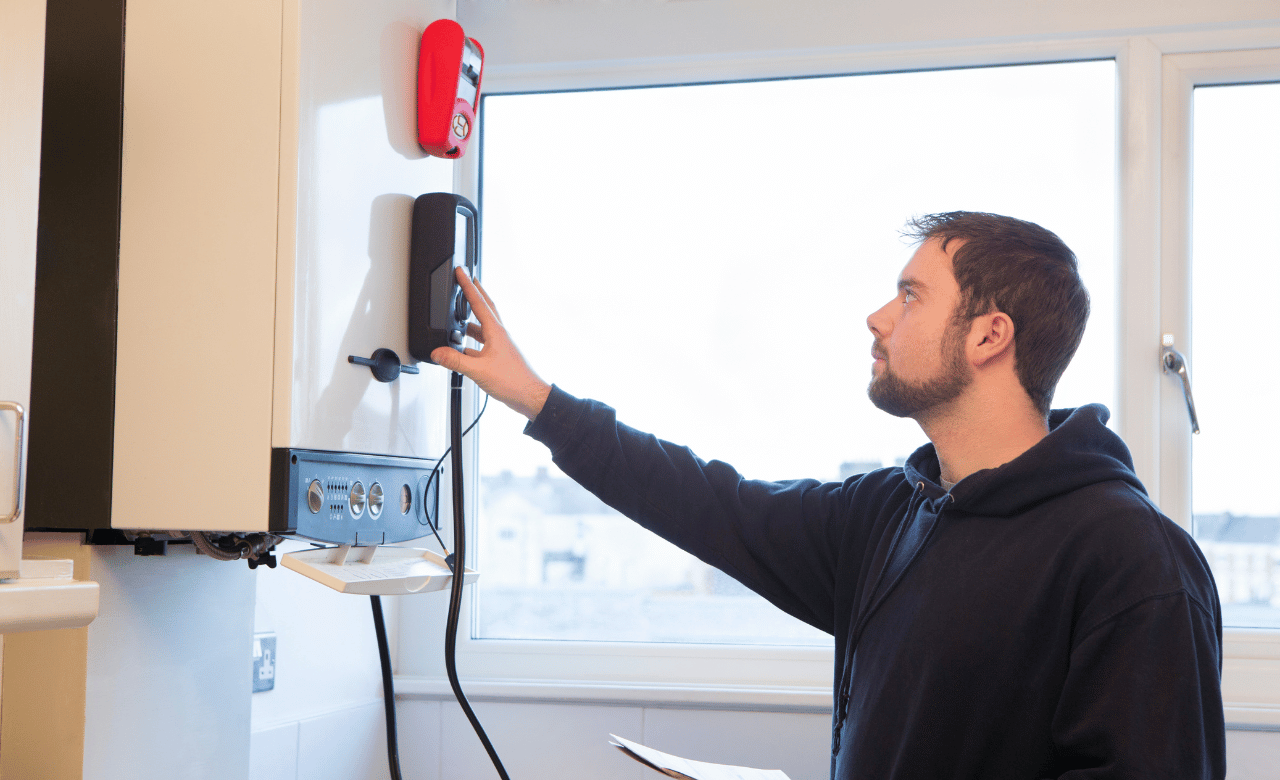







Recent Comments